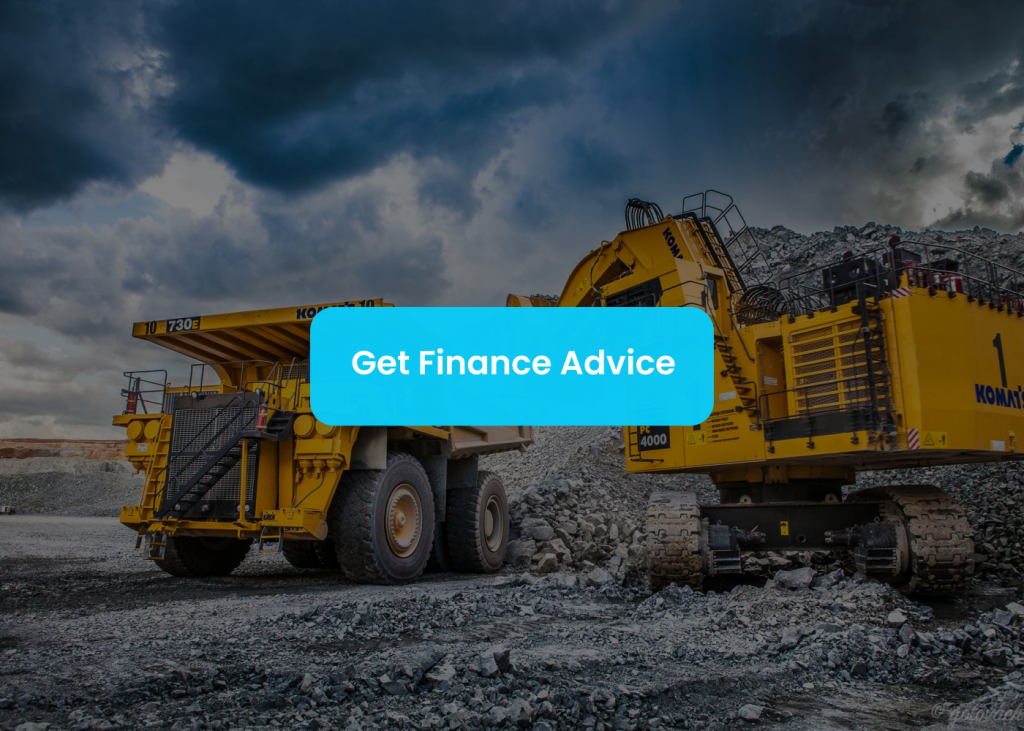Overseeing a real estate project or construction site requires a wide variety of new and used heavy machinery. There are two ways of getting them – buying and renting. You need to have a proper idea of what heavy machines to choose, which ones to buy, and which to rent.
In this segment, we are looking at the main upsides and challenges of both these approaches.
Buying Construction Equipment
The most straightforward way of acquiring machines is to buy them outright. The primary merits and demerits of buying construction equipment are as follows.
Benefits of Buying:
- Time-Conserving – Buying upfront is the easiest way of getting full ownership of anything. In the case of construction machines, a new machine means that you don’t have to spend time and resources on repairs.
- Constant Availablity – You have full possession of the machine and can use it for your projects anytime you want.
- Better for Operators – With the machine constantly available, your operators can have more time to master its functions and features. This will improve the overall quality of your construction with machines being used to their full potential.
- Avoid Extra Expenses – When you buy machines, you just have to pay for them and you are ready to go. This eliminates the finance, administration, and premium costs involved in taking out a loan.
- Option of Resale – If you maintain your machines well and keep them in good condition, and they have a high resale value, you can recover a significant amount in case you decide to sell them later.
Drawbacks of Buying:
- Added Responsibility – Having your own equipment brings the added responsibility of maintaining, storing, and transporting it.
- High Capital Investment – Construction machines come at hefty prices and can burn a hole in your pocket if your budget is tight.
- Value Depreciation – The value of any piece of equipment is bound to go down over time, and you might not get your desired prices if you decide to sell.
[ Also Read: JCB 3DX vs CAT 432B2 Backhoe Loader: Which One to Buy? ]
Renting Construction Equipment
Renting, on the other hand, is an effective way of acquiring equipment where you can do away with a lot of the added responsibility of having your own machines.
Upsides of Renting:
Lesser Initial Investment – Construction machines are not cheap and the larger ones like concrete batching plants and excavators cost tens of lakhs of rupees. Renting enables you to get machines for your project by paying way less upfront.
No Maintainance Headache – When you rent heavy machines, you just need to make sure that you don’t damage the machine and return it in good condition. The responsibility for maintenance and repairs lies with the owner or renting company.
Flexibility in Operations – It is impossible to guess beforehand how a construction project will progress. You might need different versions and models of the same equipment depending on your requirements during various stages. Renting involves no long-term commitment, and you can get different machines whenever and for however long you want.
Fewer Registrations and Paperwork – Owning heavy machinery involves a lot of paperwork such as government certifications and verification, ownership documents, and insurance policies. When you rent, you just need to fill out documents regarding rental prices and time duration.
No Depreciation Issues – Since you do not own the machine, your responsibility ends when you return it. Therefore you don’t need to worry about resale value and depreciation.

Challenges of Renting:
- Long-term Costs – Renting is immensely profitable in short-term projects. However, if you rent machines for a long period, especially heavy ones like cranes and drilling machines, it can get quite expensive.
- No Return on Investment – You cannot sell what you do not own. Hence, there is no ROI on rented machines.
- Limited Options – The latest machines or the ones most suitable for your needs are not always available to rent. You might face difficulties if your work can be done only with a specific model or a particular set of attachments on rent.
Cost Benefit Analysis Of Construction Projects
A cost-benefit analysis (CBA) is the process of evaluating whether a certain action or strategy’s benefits outweigh the costs, and by what margin. CBA is vital in construction projects to decide what machines to buy, whether to buy or rent, estimate operational costs, and so on.
The first step involves clearly laying down the cost of a certain operation and its potential upsides. After this, a common metric of financial viability should be applied to the entire process.
If the benefits cannot match or overbear the costs, it is necessary to rethink and replan the entire process from scratch.
Closing Remarks
Analyzing costs and benefits plays a key role in determining whether you should rent or buy heavy machines. Both have their respective perks and pain points and you should make decisions based on your budget and construction goals.
In case you are having problems allocating funds, reach out to us at Heavy Machinery Care (HMC). Our team of loan advisors will help you secure heavy equipment finance. We also assist you in getting your loan approved in time so that your project does not get affected.













